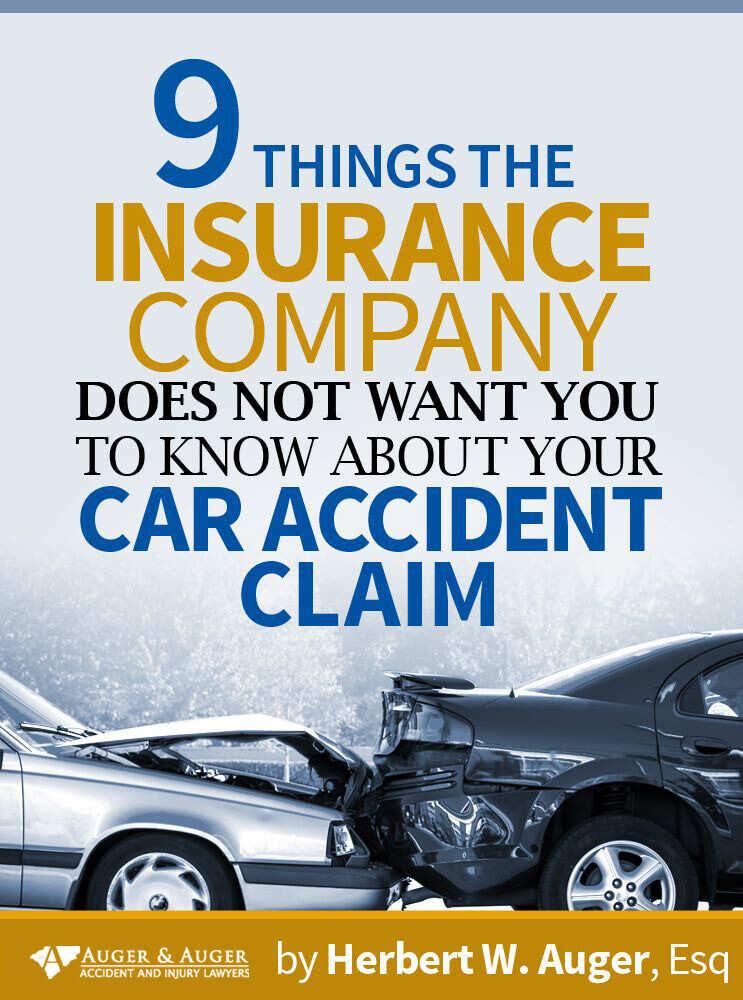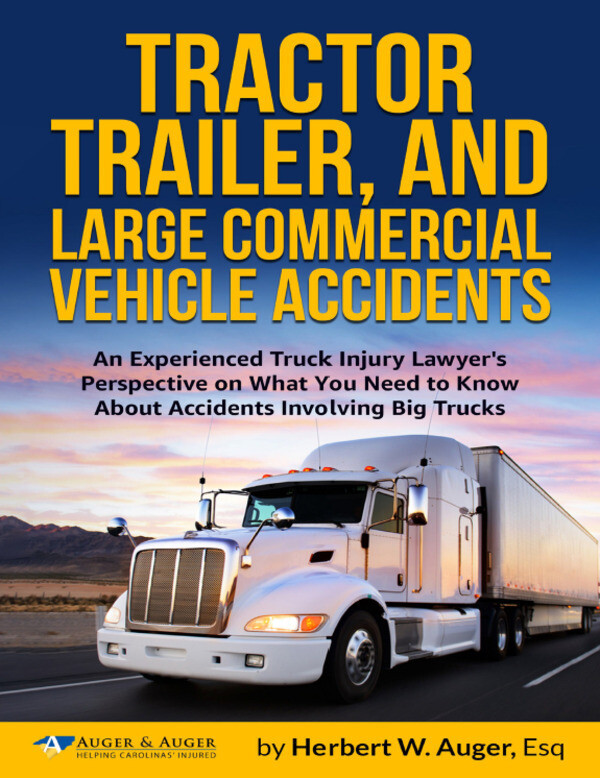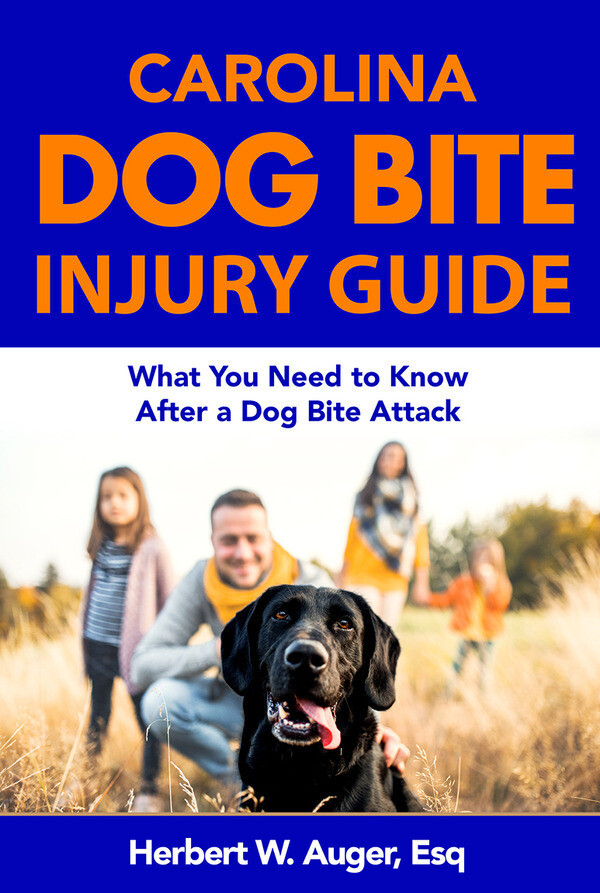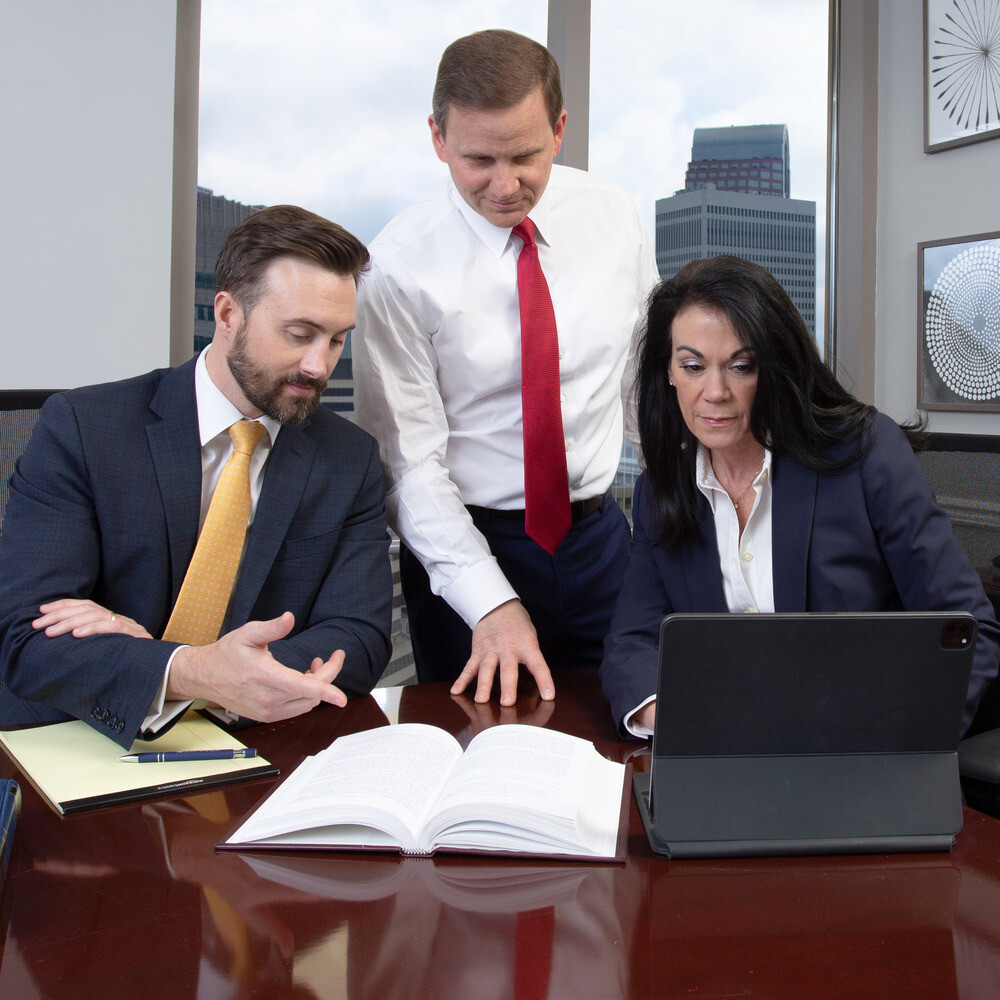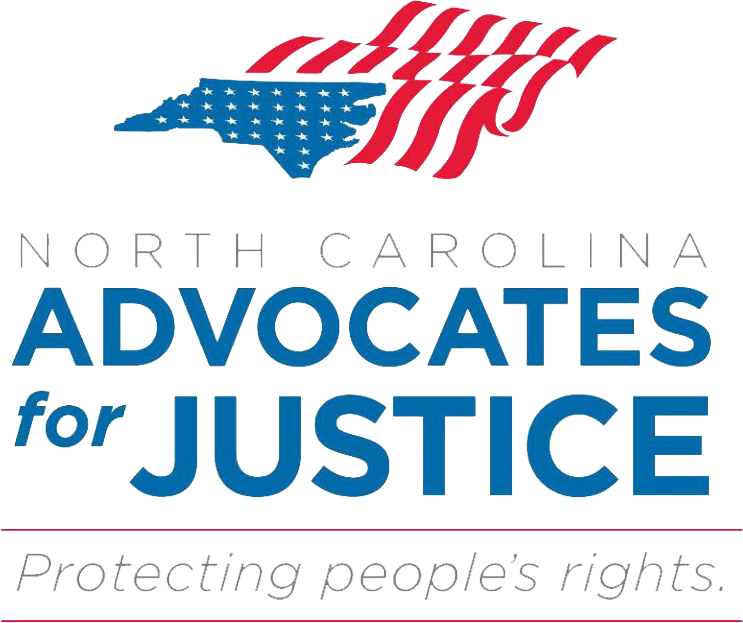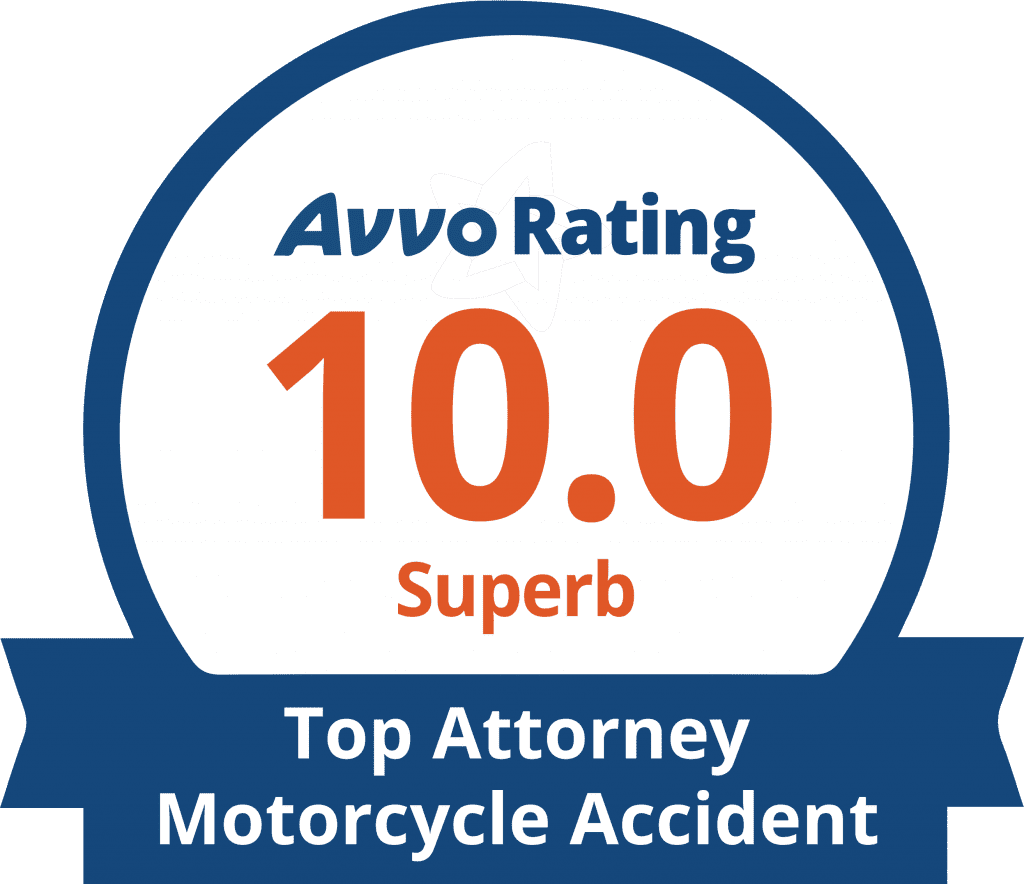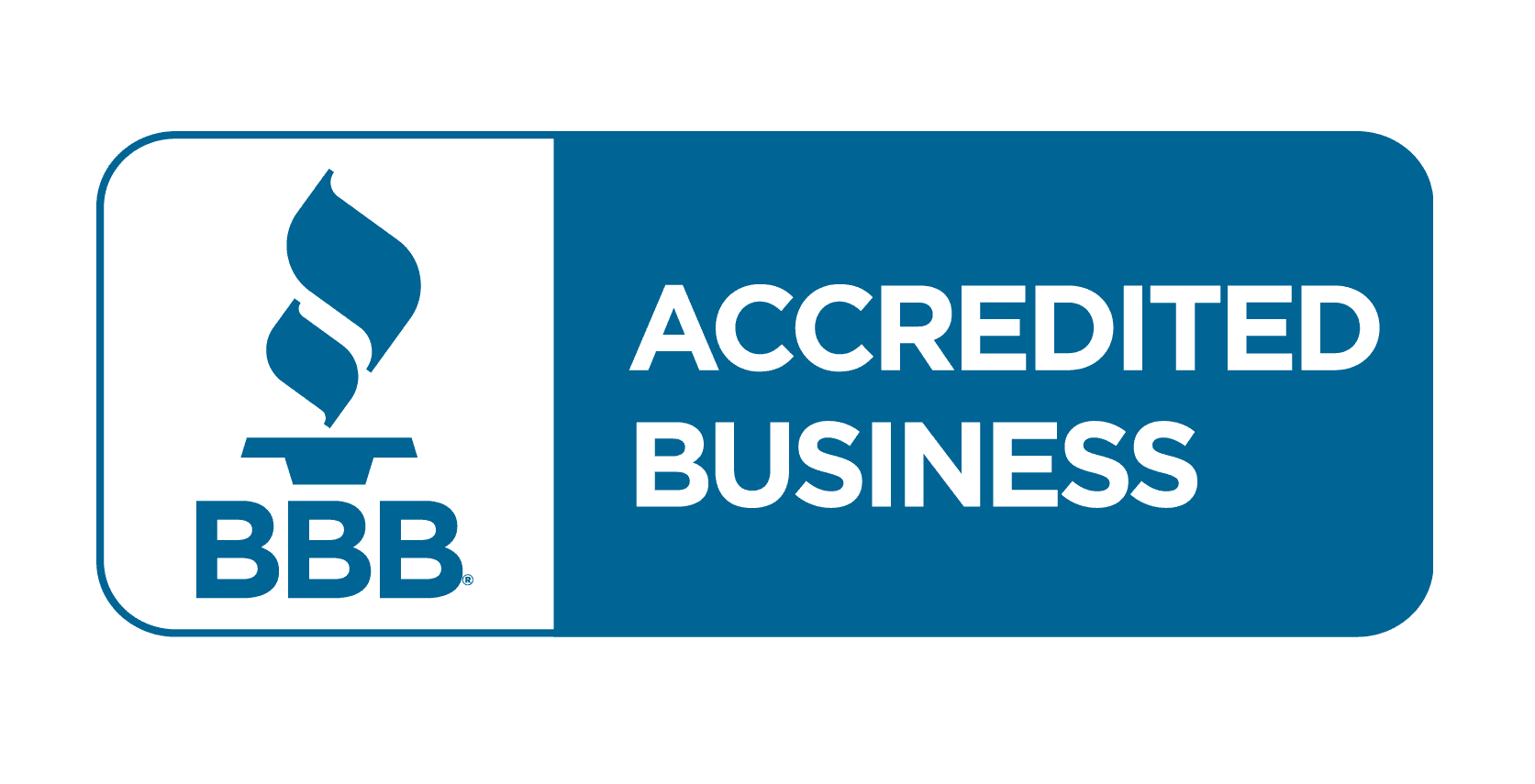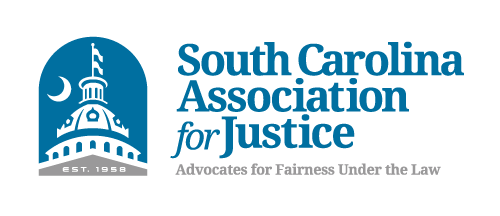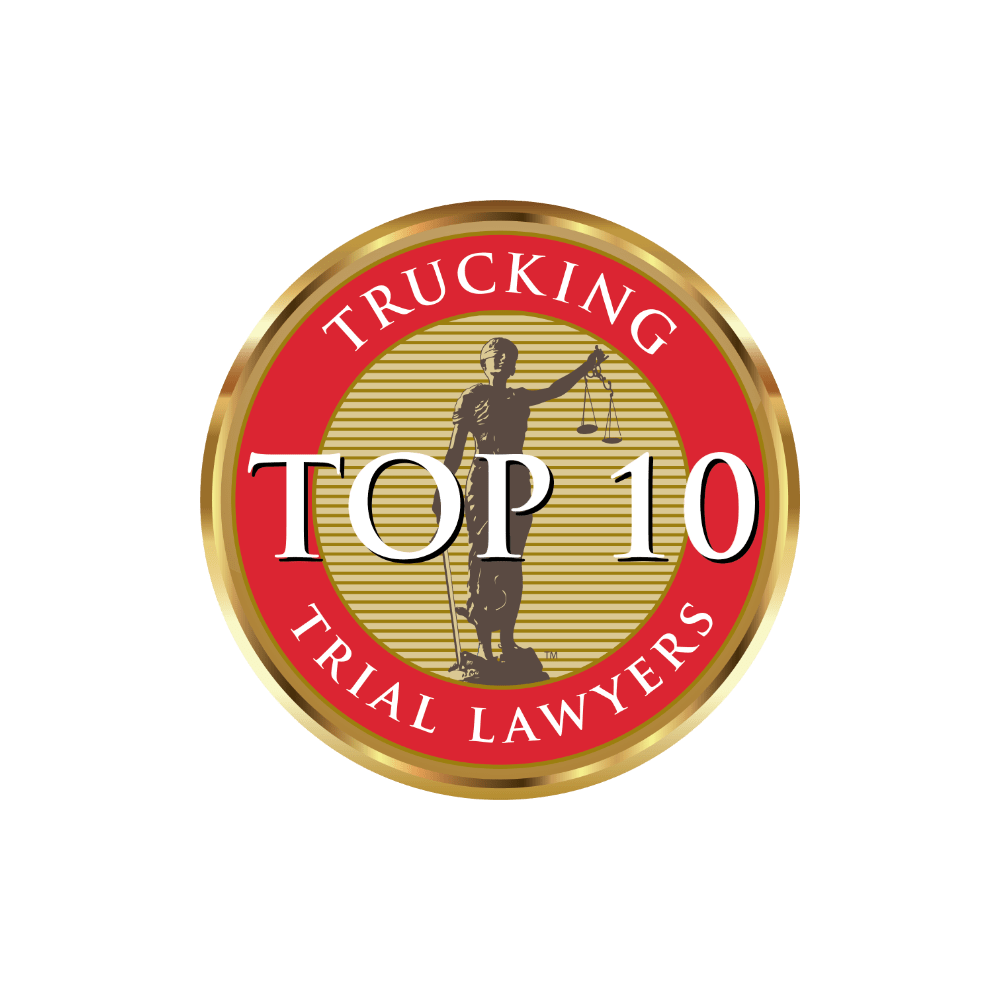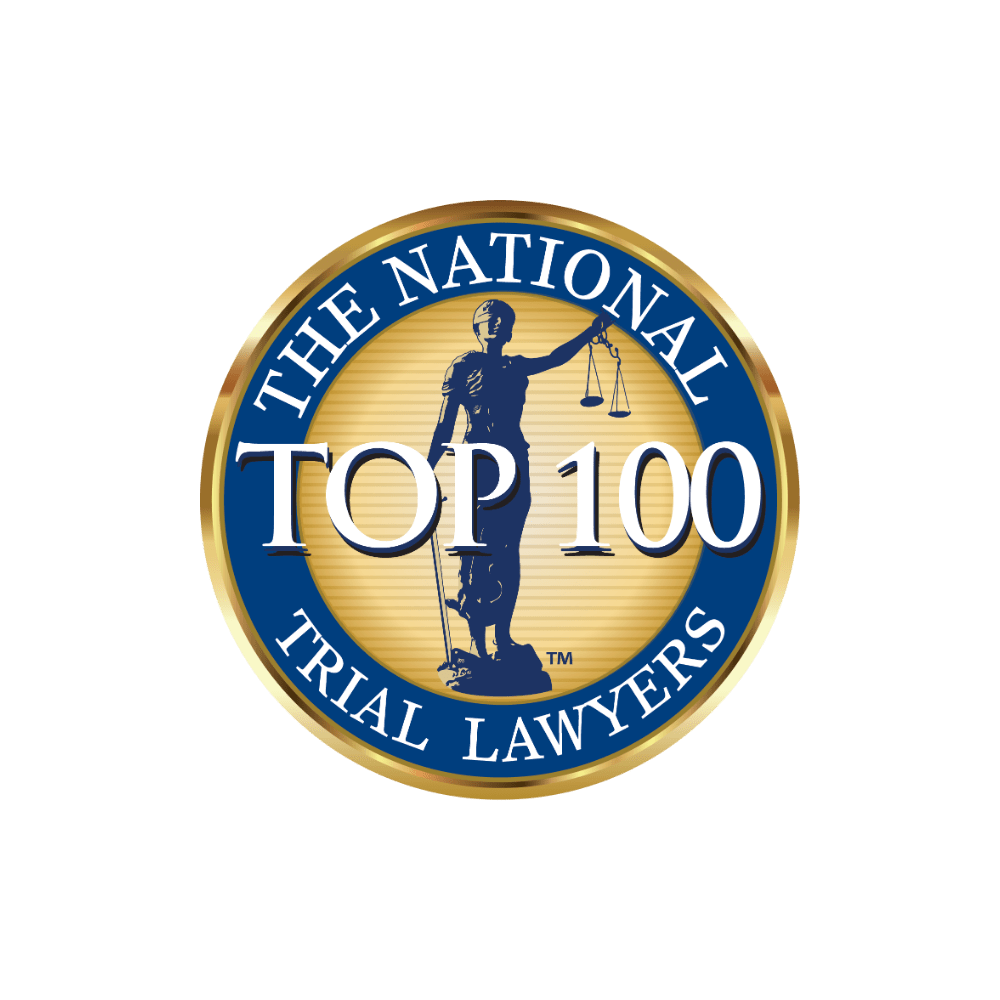Having an Auger & Auger Columbia bicycle accident attorney in your corner clearly distinguishes between merely adequate and excellent. We have seen how cycling injuries can have lasting consequences — in addition to sustaining physical wounds and loss of income, the cost associated with a lengthy recovery can be financially devastating. Defending the rights of the victims should always be honored by holding the at-fault party accountable.
Currently, approximately 30% of all bicycle accidents involve collisions with vehicles, but this percentage can definitely be reduced if drivers and cyclists accept more education about bike safety. The Bike Pedestrian Advisory Committee (BPAC) offers educational opportunities to keep our citizens safer as our bike-sharing initiative hits the city.
Decreasing Columbia Bicycle Accidents
Between 2009 and 2017, there were 339 bicycle crashes in Richland County, accounting for just over 7% of bike accidents in South Carolina. When drivers were found at fault, the number one cause was failing to yield the right of way (26%), followed by distracted driving (10%) and driving too fast for conditions (6%). When you see that the top three causes of bicycle accidents in our area are caused by negligence, it’s easy to understand why safety education is so important.
Columbia’s new bike sharing program, Blue Bike, means that more cyclists will be pedaling over city streets — increasing the safety factor as well. Blue Bike will eventually have 25 stations around the city and 275 bicycles; some will be electric. While discussing the program with the press and the public, Mayor Benjamin has stated, “It’s going to take everyone working together to focus on safety.”
Cyclist Rights Under The Law
According to Section 56-5-3420, bicyclists are granted the same rights and are subject to the same responsibilities as drivers. Being held equally accountable in the eyes of the law means that the duty of maintaining safety is shared between driver and cyclist. While bike-sharing in other cities has shown that the programs may reduce the number of bicycle accidents — it is up to drivers and cyclists to refrain from distracted movements, each anticipating the behaviors of the other.
As a Columbia bicycle accident attorney practice, we fully understand that words on a piece of paper do not physically protect cyclists; it takes common sense and respect. By remaining aware of their surroundings, drivers and bicyclists can avoid many of the top causes of these accidents — some of which can be catastrophic.
How to Reduce Your Risk of an Accident While Riding
You can’t control what other people, including vehicle drivers, do on the road. But you can reduce the risk of accidents by adjusting what you can control. Here are some tips to help protect yourself from accidents:
- Choose the right size bike. If you haven’t used a bike height chart since you were a kid, you may want to change that. If the bicycle is too big or small for you, this can impact your ability to control the bike. The bike chart should help you find the correct size for your height.
- Watch your speed. Going too fast may make it harder to stop if someone pulls out in front of you or another unexpected problem arises.
- Use caution when passing a line of parked cars. A startling number of bicycle/car accidents occur because a driver or passenger pops open the door as a bicycle passes by. If you can, give parked cars a wide berth.
- Use your bicycle light at all times, even if it isn’t dark. Although it’s especially important to use your headlight at night or on gray or cloudy days, it never hurts to have it on. Remember that failing to yield the right of way was the most common reason vehicle drivers hit bicyclists. In many of these situations, the driver wasn’t trying to cut the bicycle off – they just didn’t see it. The light can make you more visible, and so can bright or reflective gear or discs for your bike, which are also recommended.
- Don’t use headphones or earbuds while riding. Listening to music or a podcast can make your ride more enjoyable. But unfortunately, this can also make it less safe. Being able to hear a car coming or other street noises will help reduce your risk of accidents, so wait until you get home to put on those tunes.
- Don’t be the “Look Ma, no hands!” joker. Keeping both hands on the handlebars throughout your ride is the best way to get home safely. Removing one or both hands, even temporarily, makes it more difficult to respond quickly if an emergency happens. And on a related note…
- Don’t use your phone while riding. It takes one of your hands off the bars and pulls your attention from the path in front of you. Your notifications can wait until you’re off the bike.
- Take a class on emergency maneuvers that may help you avoid a collision if one seems imminent. The League of American Bicyclists offers information on these classes.
- Always wear your helmet. Sometimes even your best efforts can’t stop an accident, but a helmet may prevent a serious injury to your head and brain. Wearing a bike helmet lowers your risk of head injuries in a bicycle crash by more than 50 percent.
Where Are You Most At Risk of a Bicycle Accident?
You should always ride or drive carefully, no matter where you are. However, you’re most likely to get in a traffic accident at or near an intersection. Often this overlaps with “failure to yield” accidents, where the vehicle driver doesn’t see the bike until it’s too late.
Here are some common causes of bike accidents at intersections:
- The vehicle driver doesn’t stop for a red light or stop sign, or they stop but start up again too soon. Sometimes they attempt a rolling stop. The driver may not see the bicyclist, or in some cases, they think the bike will be out of the way by the time they reach the intersection. Either way, motorists need to understand that once a bike rider enters the intersection legally, they have the right of way. Always come to a complete stop at a red light or stop sign, and look thoroughly in both directions before proceeding.
- Sometimes the bicycle and car enter the intersection in the same direction, then the motorist hooks a left, cutting off the bike. Again, failing to see the bike may be one cause of this kind of accident. The driver may also inaccurately judge how fast the bike is going, or forget to use a turn signal to warn the bike rider. Drivers should be cautious when turning, looking in the mirror, and taking a fast glance over their shoulder. Always use your turning signal.
- Another variation of this kind of accident is the “right hook” collision. In this situation, the driver pulls up at an intersection and turns right. They may clip a bicyclist in the bike lane or sidewalk, especially if the biker doesn’t realize the car is about to turn. If the car is parallel to the bike, the bike rider may not be able to see the blinking tail lights. Aside from using a turn signal, drivers should look carefully to the right and behind them before turning. If you see a bicyclist approaching the road you’ll be turning onto, go slowly so you can stop if necessary.
But intersections aren’t the only place accidents happen. Another common crash type is the sideswiping accident. Again, both cars may go in the same direction when the car moves over and clips the bicycle. This doesn’t sound like a serious accident, but it can be for the bicyclist! Unfortunately, any collision between a car and a bicycle will have more severe consequences for the bike rider. Motorists should always look carefully before changing lanes and should keep an eye out for people in the bike lanes or on the sidewalk.
What Happens Following a Bicycle Accident?
Hopefully, the first thing that happens is you assess your injuries and ensure you’re not still in the path of traffic. If you’re able, get to a safe place, call 911 to report the accident, and ask for an ambulance if you’re injured. It’s always a good idea to let the paramedics examine you, even if you don’t believe you were seriously hurt. Initially, you may feel fine, but sometimes people don’t feel the full effect of their injuries right away. If you develop any new pain or symptoms within the next few days, see a doctor and mention your accident.
Treating your injuries should be the priority, but if possible, give the police a statement about what happened. You should respond to their questions, but there is no need to speculate about whose fault the accident was. Many people mistakenly believe it was their fault without knowing all the details of what happened.
You should also ask the car driver for their contact and insurance info during this time. If they refuse to give it, don’t get into an argument with the driver. Instead, wait until the police arrive and explain that you tried to exchange info with the driver, but they wouldn’t cooperate. The police can ask for proof of insurance after an accident, and this usually helps you get the information you need.
If you were hurt or even needed to go to a doctor or hospital for further examination, you might wonder what to do about the bill. Should you file a claim with the driver’s insurance policy? In most cases, yes. If you believe the accident was their fault, their liability insurance should pay for your medical bills, as well as property damage to your bike.
What if you’re not sure who was at fault? We recommend you request a copy of your accident report (you can usually get one by contacting the law enforcement agency that responded), then speak with a Columbia bicycle accident attorney. They can help you sort out what happened, explain your options for pursuing compensation, determine what your damages are, and file a claim.
What If Your Claim is Denied?
Unfortunately, insurance company adjusters work very hard to save their employers money. This often means that they deny a claim they should have approved. Here are just a few possible reasons they might deny a claim:
- They don’t believe their client was to blame and think it was your fault. This is a popular one because there are many ways it can work out well for the insurance carrier. Some claimants will just give up and pay their own medical bills. Others may call the company to argue about it. When this happens, the insurance carrier usually records the call, then misinterprets something the claimant said to mean they were at fault. We strongly advise against calling the insurance company yourself.
- They may say that the accident was somehow not covered under the terms of their policy.
- Your treatment isn’t covered for some reason or wasn’t approved.
- You filled out the form wrong, or they claim some other technicality as an excuse not to pay.
No matter why your claim was denied, you can fight to have it reexamined, but don’t do this alone. Contact an experienced bicycle accident attorney who knows how to navigate the maze of red tape insurance companies like to construct for injured parties.
Auger & Auger Demands Accountability
When you are injured in a bicycle accident, you deserve aggressive representation. Not a day goes by that we don’t concern ourselves with our clients’ struggles. Our goal is to ensure that the financial difficulties they face are alleviated to the greatest extent possible.
Contact a Columbia bicycle accident attorney with Auger & Auger Accident and Injury Lawyers today to discuss your accident. Our team prides itself on the outstanding reputation built through hard work and perseverance. Because we believe that confidence and actions are inextricable — we provide a zero-fee guarantee because expert legal representation shouldn’t add to your financial worries.
Call (803) 470-5298 for your free consultation, with no fees due until recovery!

